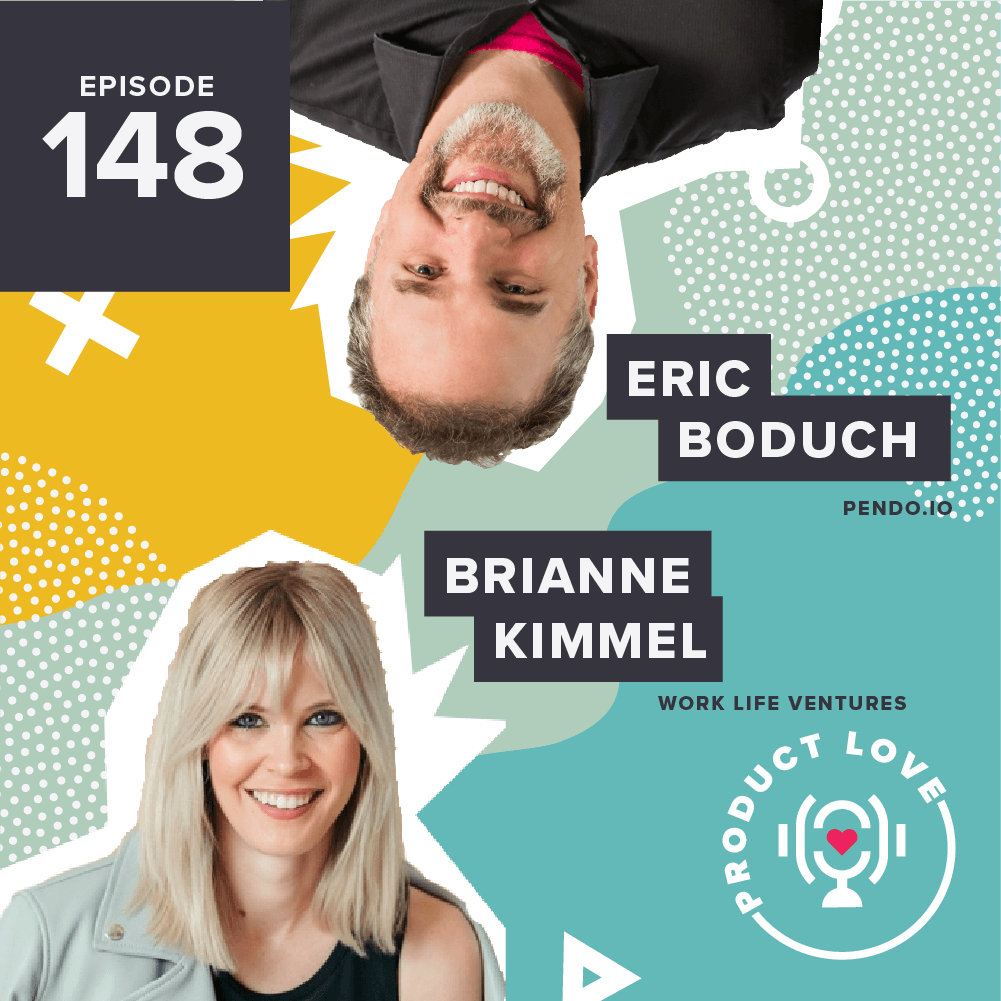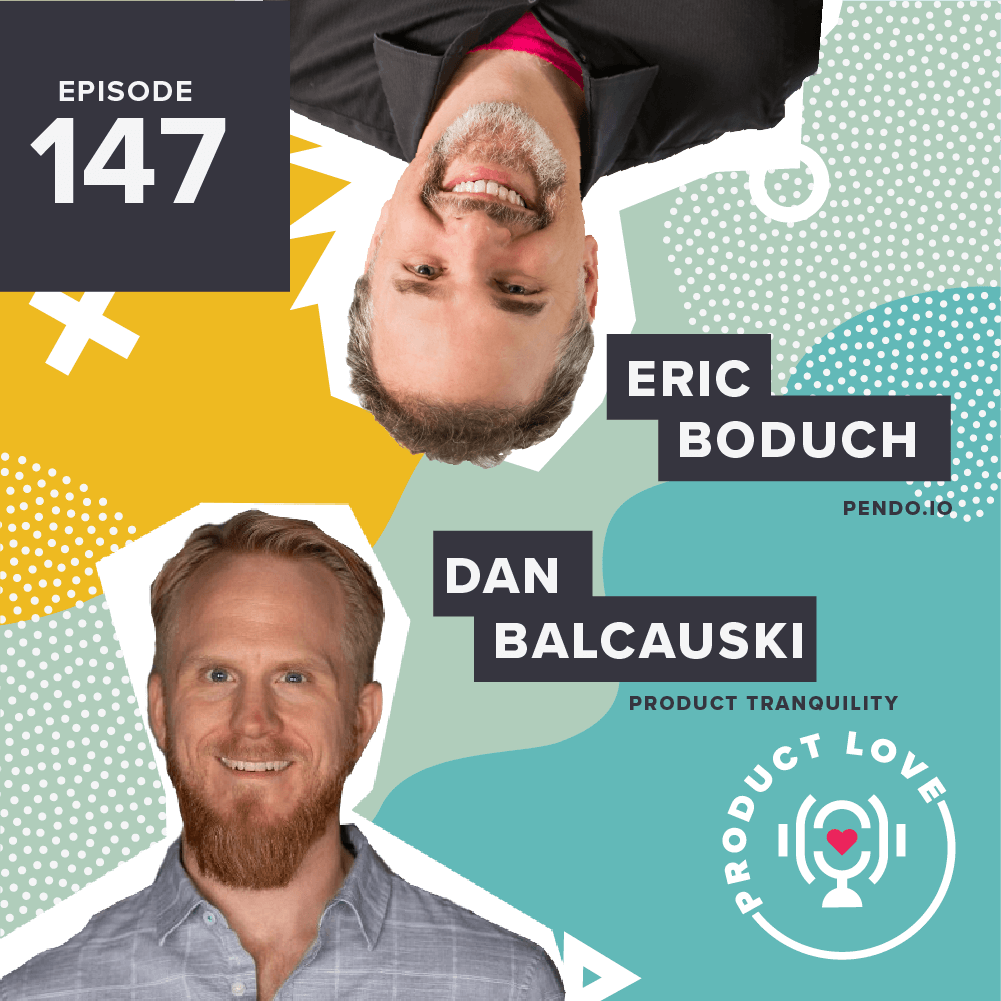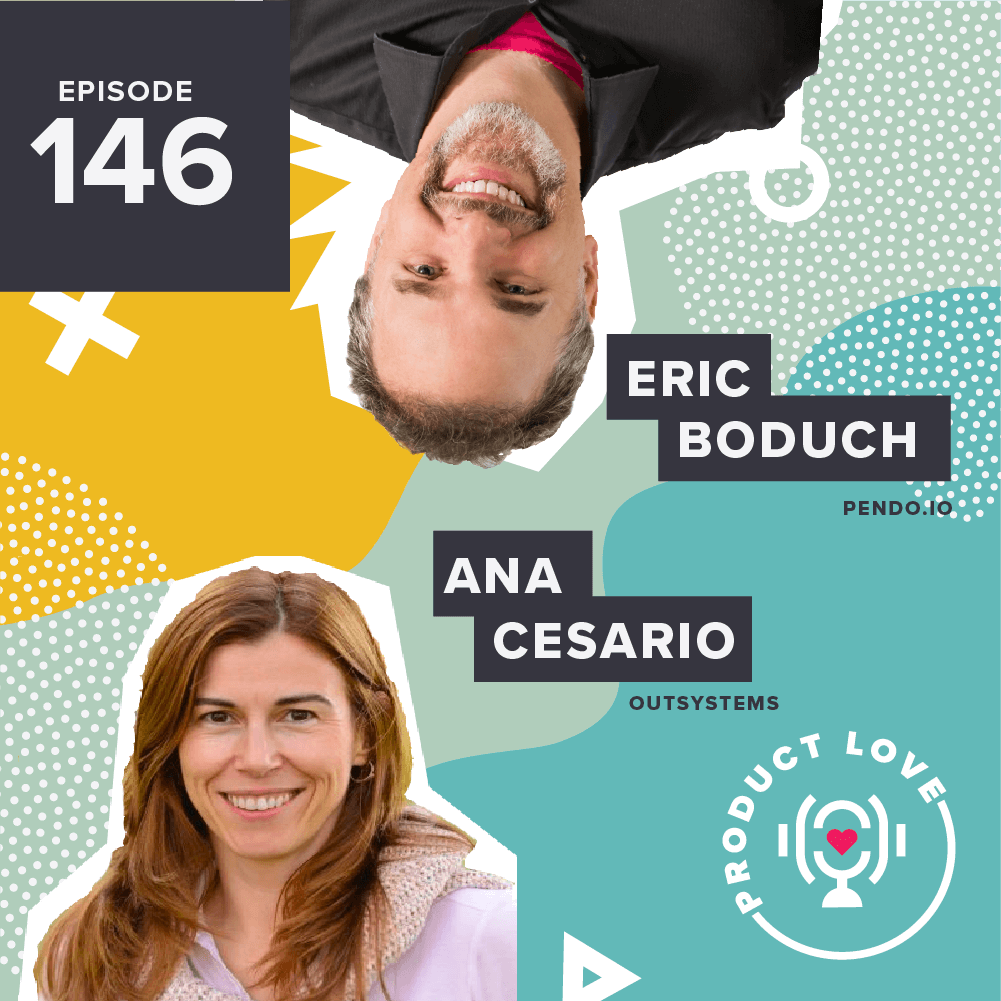Product Love Podcast: Dan Olsen, PM Consultant and Author of The Lean Product Playbook
This week on Product Love, I sat down with product management consultant and The Lean Product Playbook author Dan Olsen.
It’s Dan’s second time on the podcast, and he’s spent his whole career in product management. He started out at Intuit, then went on to work at several startups. He now coaches and consults teams on how to build great products. Also, he runs a monthly product meetup that just hit its six-year anniversary.
Dan is all about product management best practices. In this week’s episode, we focus on product planning.
Product planning
A lot of companies are leaving waterfall methodology behind and undergoing agile transformation. That should mean that developers are no longer rushing to meet a deadline with unclear specs. But in reality, agile transformation isn’t something you can immediately master. As Dan says, it’s a muscle that you have to build and train over time.
Companies try to hit quarterly roadmap goals and meet quarterly dates, but it’s tough. Why? A lot of companies just aren’t that good at sprints. Sprints are all about thinking intentionally about resource allocation and prioritization, two things many organizations find challenging.
So I asked him, why do so many companies struggle with agile? For public companies, he says, the answer is easy. They set expectations with the marketplace and have to deliver by the set deadlines. So while they might be leaving the waterfall state of mind and entering agile, they could be asking for two things at once: two-week sprints, and hitting milestones. The problem is that there’s no guarantee that those two projects match up or can be decoupled. Doing the two in concert just puts strain on the product team.
Shiny object syndrome
An important aspect of product planning is prioritization. It’s difficult to pick one feature over another, then stay committed to that decision. We all fall into the trap of “shiny object syndrome.” A specific feature might be trending and the entire team has to pivot into building that over rather than what was already planned.
If your team suddenly decides that they should be building chatbots this quarter, ask them why. What problem does this solve for the customer? How does this fit into the roadmap?
As Dan says, a product manager’s main job is ruthless prioritization. He suggests a voting system might work, and recommendations putting suggested ideas into context. Every idea sounds good in isolation, but how would they work in concert with your other plans?
Product planning is difficult, especially at an organization that hasn’t fully committed to agile or any other framework or methodology. The best way for a product team to ship meaningful features on time is to plan carefully and deliberately. Plan at a high level, ruthlessly prioritize, and allocate resources. Roadmaps are always subject to change, but keep in mind what’s important for the customer.
If you want to learn more about product planning, roadmaps, and technical debt, check out the episode above.


